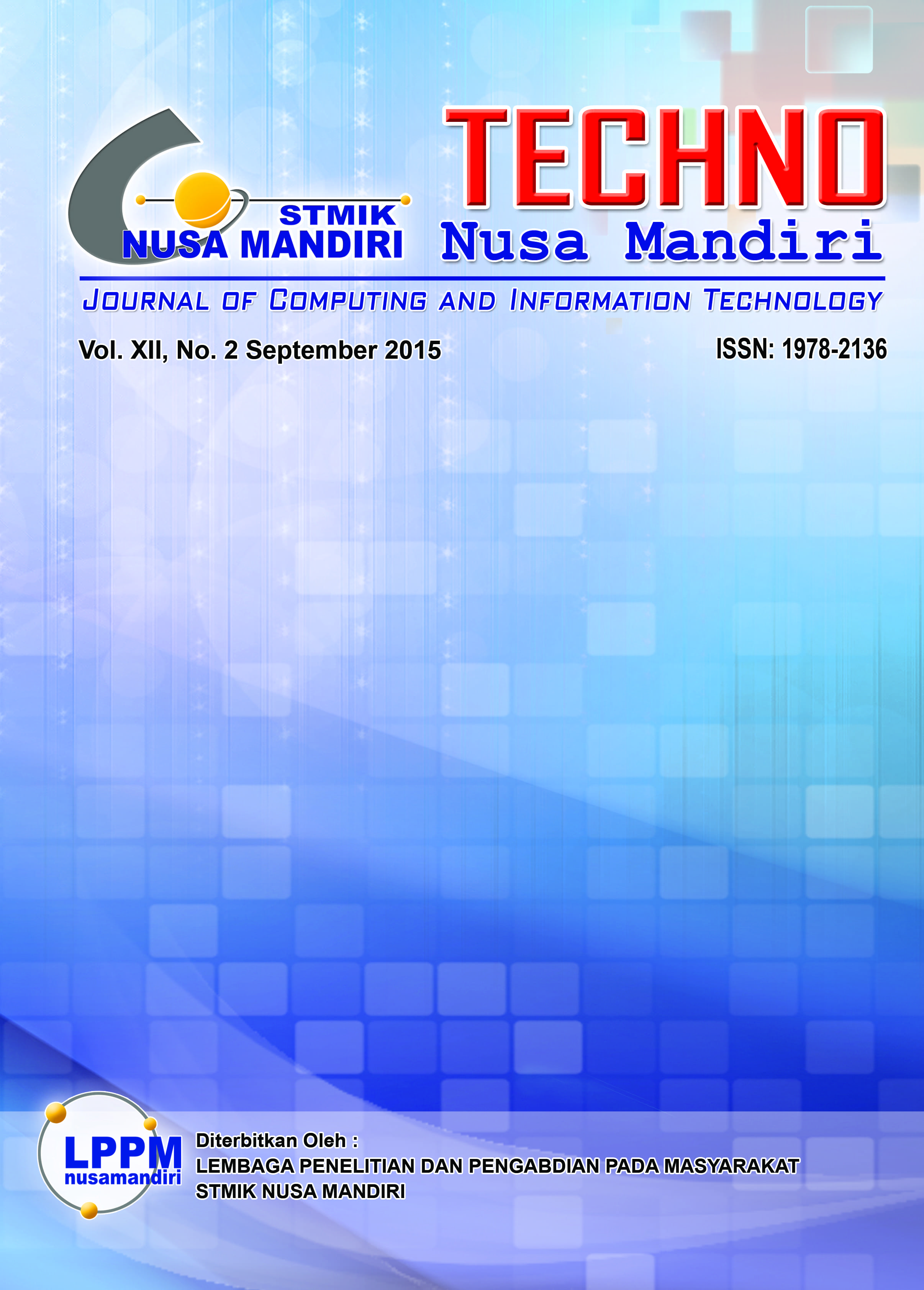PERANGKAP TIKUS OTOMATIS MENGGUNAKAN SENSOR PASSIVE INFRARED (PIR) BERBASIS MIKROKONTROLER ATMEGA16
DOI:
https://doi.org/10.33480/techno.v12i2.449Keywords:
Automatic Mouse Trap, Microcontroller, Passive Infrared (PIR).Abstract
Rat is one of the pests is quite disturbing, especially in warehouses to store food or items that are favored by the mice. Automatic rat trap is designed so that it can be used to catch mice with more than one rat. This tool uses a Passive Infrared Sensor (PIR) to detect the presence of rats. An automation tool is controlled by a microcontroller Atmega 16, which receives inputs from sensors Passive Infrared (PIR). Based on input from the PIR sensor, then the microcontroller will move the entrance to the trap through the DC motor. The design of the tool is expected to be one of the solutions to reduce the rat population that is in the food storage warehouse or other goods. From the results of the experiment, mice trap that the tool is very effective for catching rats with the number more than one, depending on the area reservoir trap.
References
Ernawati, Dwi dan Dwi Priyanto. 2013. Pola Sebaran Tikus Habitat Pasar Berdasarkan Jenis Komoditas Di Pasar Kota Banjarnegara. Semarang: Jurnal BALABA Vol. 9, No.02, Desember 2013: 58-62
Jatmika, Nur Yusep. 2011. Cara Mudah Merakit Robot Untuk Pemula. Jogjakarta: FlashBooks.
Gifson, Albert dan Slamet. 2009. Sistem Pemantau Ruang Jarak Jauh Dengan Sensor Passive Infrared Berbasis Mikrokontroler AT89S52. ISSN: 1693-6930. Jakarta: Jurnal TELKOMNIKA Vol. 7, No. 3, Desember 2009: 201-206
Andrianto, Heri. 2013. Pemograman Mikrokontroler AVR Atmega16 Menggunakan Bahasa C . Bandung: Informatika Bandung.
Susanthi, Yohana dan Erwin Boenyamin Liem. 2010. Sistem Penimbangan Otomatis Menggunakan Mikrokontroler ATmega16. ISSN: 1979-2867. Bandung: Electrical Engineering Journal Vol. 1 (2010) No. 1, pp 41-52
Downloads
Published
How to Cite
Issue
Section
License
The copyright of any article in the TECHNO Nusa Mandiri Journal is fully held by the author under the Creative Commons CC BY-NC license. The copyright in each article belongs to the author. Authors retain all their rights to published works, not limited to the rights set out on this page. The author acknowledges that Techno Nusa Mandiri: Journal of Computing and Information Technology (TECHNO Nusa Mandiri) is the first to publish with a Creative Commons Attribution 4.0 International license (CC BY-NC). Authors can enter articles separately, manage non-exclusive distribution, from manuscripts that have been published in this journal into another version (for example: sent to author affiliation respository, publication into books, etc.), by acknowledging that the manuscript was published for the first time in Techno Nusa Mandiri: Journal of Computing and Information Technology (TECHNO Nusa Mandiri); The author guarantees that the original article, written by the stated author, has never been published before, does not contain any statements that violate the law, does not violate the rights of others, is subject to the copyright which is exclusively held by the author. If an article was prepared jointly by more than one author, each author submitting the manuscript warrants that he has been authorized by all co-authors to agree to copyright and license notices (agreements) on their behalf, and agrees to notify the co-authors of the terms of this policy. Techno Nusa Mandiri: Journal of Computing and Information Technology (TECHNO Nusa Mandiri) will not be held responsible for anything that may have occurred due to the author's internal disputes.
















